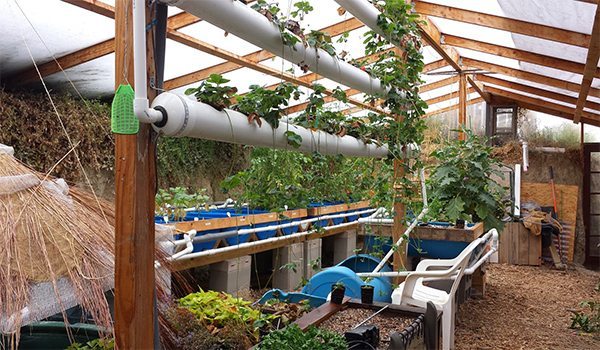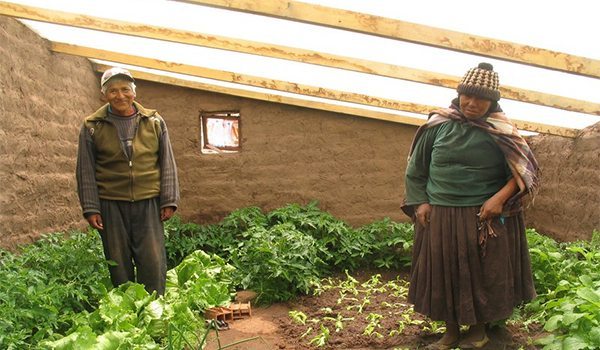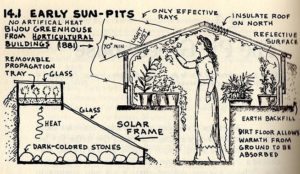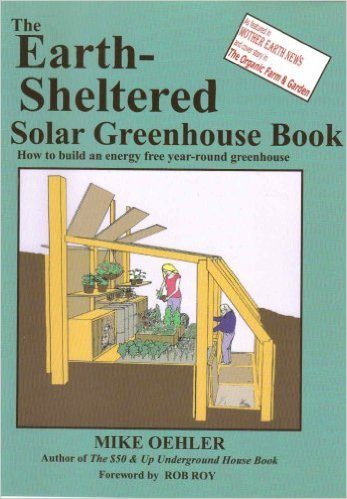 The word Walipini, derived from the Aymaran language and an indigenous Bolivian tribe, is translated as “a place of warmth” and is an earth sheltered cold frame or transparent-roofed enclosure.
The word Walipini, derived from the Aymaran language and an indigenous Bolivian tribe, is translated as “a place of warmth” and is an earth sheltered cold frame or transparent-roofed enclosure.
This underground greenhouse was created for the cold regions of South America to maintain food production year round, but is now being adopted by gardeners of all skill levels across the world.
Most say that Walipinis should be at least 8’ by 12’ in size, but many people build even larger. Searching online you can find all types of plans and blueprints on how to design your underground greenhouse.
The temperature six to eight feet below the surface fluctuates from 50 up to 70 degrees Fahrenheit! If you are in an especially cold climate you would want to lay the inside of your walipini with stone, earth bags of lava rocks, or any dense material able to store heat. A lot of heat energy is required to change the temperature of high density materials like concrete, bricks and tiles, they are therefore said to have high thermal mass causing the walls act as a battery and release heat to keep the crops warm at night or on days with little to no sun.
 Reasons to Build a Walipini:
Reasons to Build a Walipini:
Cost effective: The materials to build a greenhouse are estimated to cost between a couple thousand dollars up to $12,000 to $25,000 to complete, yet the walipini will cost merely $300 with some designs.
Pests: An underground greenhouse has a huge advantage because it is almost impossible for pests to get on your produce compared to your typical greenhouse. A typical greenhouse will protect plants from the cold and strong winds but it doesn’t protect them from damaging insects.
Minimal up keep: Seeing as the walipini is sheltered by the earth the materials will not wear as quickly. On a typical greenhouse maintenance is done pretty regularly and at least once annually, on a walipini only an angled roof is exposed to the elements which makes it much less necessary for routine maintenance.
 Although walipinis require minimal effort to maintain, it is important to be thorough with waterproofing, draining and ventilating your underground greenhouse sanctuary. Be knowledgeable about the water table and be sure to build your greenhouse at least five feet above it otherwise it could lead to disaster. But if you keep all of this in mind, there should be nothing stopping you from growing luscious greens, fruits, and veggies year round no matter the temperature!
Although walipinis require minimal effort to maintain, it is important to be thorough with waterproofing, draining and ventilating your underground greenhouse sanctuary. Be knowledgeable about the water table and be sure to build your greenhouse at least five feet above it otherwise it could lead to disaster. But if you keep all of this in mind, there should be nothing stopping you from growing luscious greens, fruits, and veggies year round no matter the temperature!
Check out this video to learn more:






